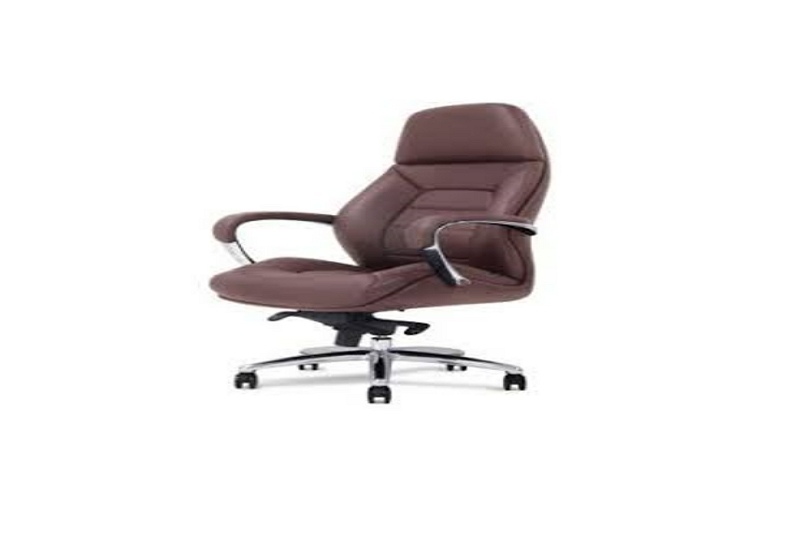When you are ready to get rid of your old swivel office chair, what do you do with it? Most people will throw the chair away. However, there are a lot of ways that an old swivel office chair can be re-purposed and put to good use. In this blog post, we will explore 10 ideas on re-purposing an old swivel office chair!
Ideas on What to do with an Old Swivel Office Chair
Tip 1. Turn it into a desk chair or swivel bar stool. Remove the seat and cut off any arms that are holding up what is left of the back so all you have is just what’s on top, which will be your new desk/bar stool!

You can also paint whatever colour (s) you want as well before attaching what’s left of the back to what is now your new desk/bar stool.
Tip 2. Use it as a craft table or play area for kids by cutting off any arms that are holding up what is left of the back, and attaching what’s left of the back to a piece of plywood. You can then paint what’s on top of whatever colour (s) you want before attaching what’s left of the back to what is now your new craft/play table.
Tip 3. You can also use it as a bookshelf by cutting off any arms that are holding up what is left of the back and attaching what’s left of the back to some wood boards or pieces, using these to form what is now your new bookshelf, and then adding a top to what’s left of the back.
Tip 4. If it has all four legs, you could unscrew the wheels and turn what’s left of the back into some sort of coat rack or other storage area for something like what’s left of the backboard
Tip 5. If it has two legs, you could unscrew what’s left of the arms that are holding up what is now your new craft/play table and then attach what’s left of the chairs to what is now your new bookshelf. These would be at a lower height for kids but still hold what they’re looking for.
How can I Protect my Office Chair?
You’ll want to invest in a protective mat that you can put under what is now your new bookshelf.
You may also want to think about what type of flooring what is now your desk will rest on and make sure it’s non-porous and able to withstand everyday use as well as spills like from what is now your craft/play table since any spill could then seep into what is left of the cushion or upholstery if what is left of the backboard isn’t sealed with something waterproof.
What Else Can I do?
If all four legs are attached but they’re loose, tighten them so that there’s no wobbling motion anymore; this should prevent pieces from loosening over time .
How Much Fabric Do I Need to Recover a Chair?
Depending on what kind of chair you are recovering, the amount of fabric needed can vary. To cover a standard upholstered kitchen or dining room chair with no arms and an average seat size:
Tip 1. If it’s fairly straightforward to remove the old fabric from your chairs without tearing what remains too badly (or if you’re using something like the Simplicity Sofas), then you’ll need about three yards of fabric.
Tip 2. If the chair has arms, measure what’s left of what was once there and add an extra yard to account for the width (remembering that it will stretch a bit when pulled tight).
Tip 3. For larger chairs with more filling in their seats, or if your old material is too damaged to reuse without sewing patches on top: plan on four yards minimum.
A typical upholstered kitchen chair only needs about two yards while a dining room chair might require around five yards depending on what kind of fabric you are using. Make sure that what remains after removing any existing coverings/fabric can be measured accurately so as not to buy more than what you need.
How can I Cover my Office Chair Without Sewing?
Step 1. Assemble what you need before beginning, including a screwdriver and any necessary small Phillips head screws.
Lay the fabric out on a flat work surface with what will be its underside facing up.
Step 2. Place the chair seat upside down onto what will become the front of your new cover so that it covers what is now its backside (remember to leave an inch or two overlaps to secure it).
Step 3. Starting from where one side meets what was once the bottom edge of your old covering, measure how much material overhang you have by measuring along both sides and adding those measurements together for each leg (doing this twice per side should give you all four lengths); then cut off the excess length at either end while leaving what will be the new front of your cover at what was once its backside.
Step 4. Next, flip what is now a jacket over to what will become its inside (or what was once the seat).
Step 5. Sew up all four sides with an inch overlap for securing; then turn it right side out and enjoy!
